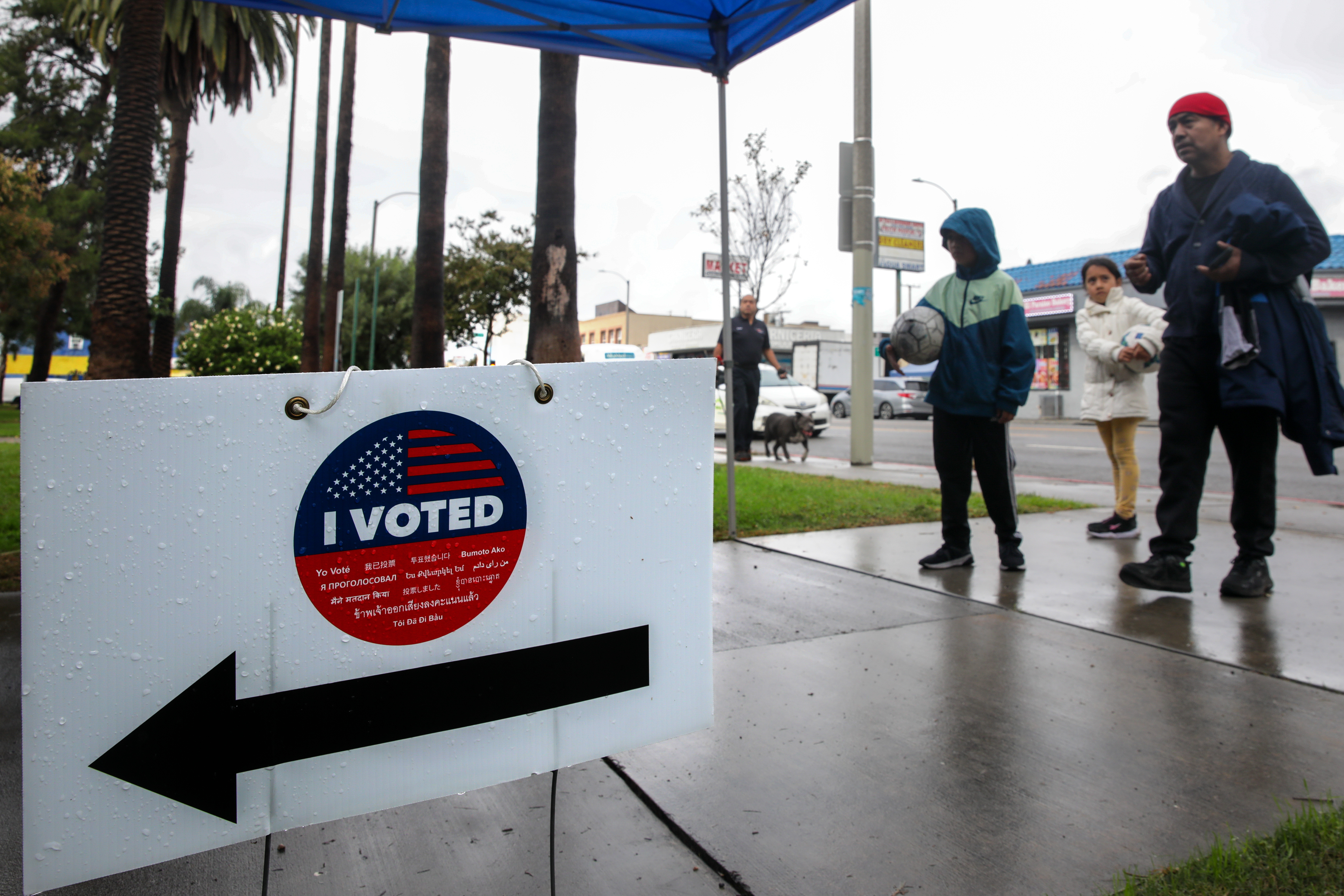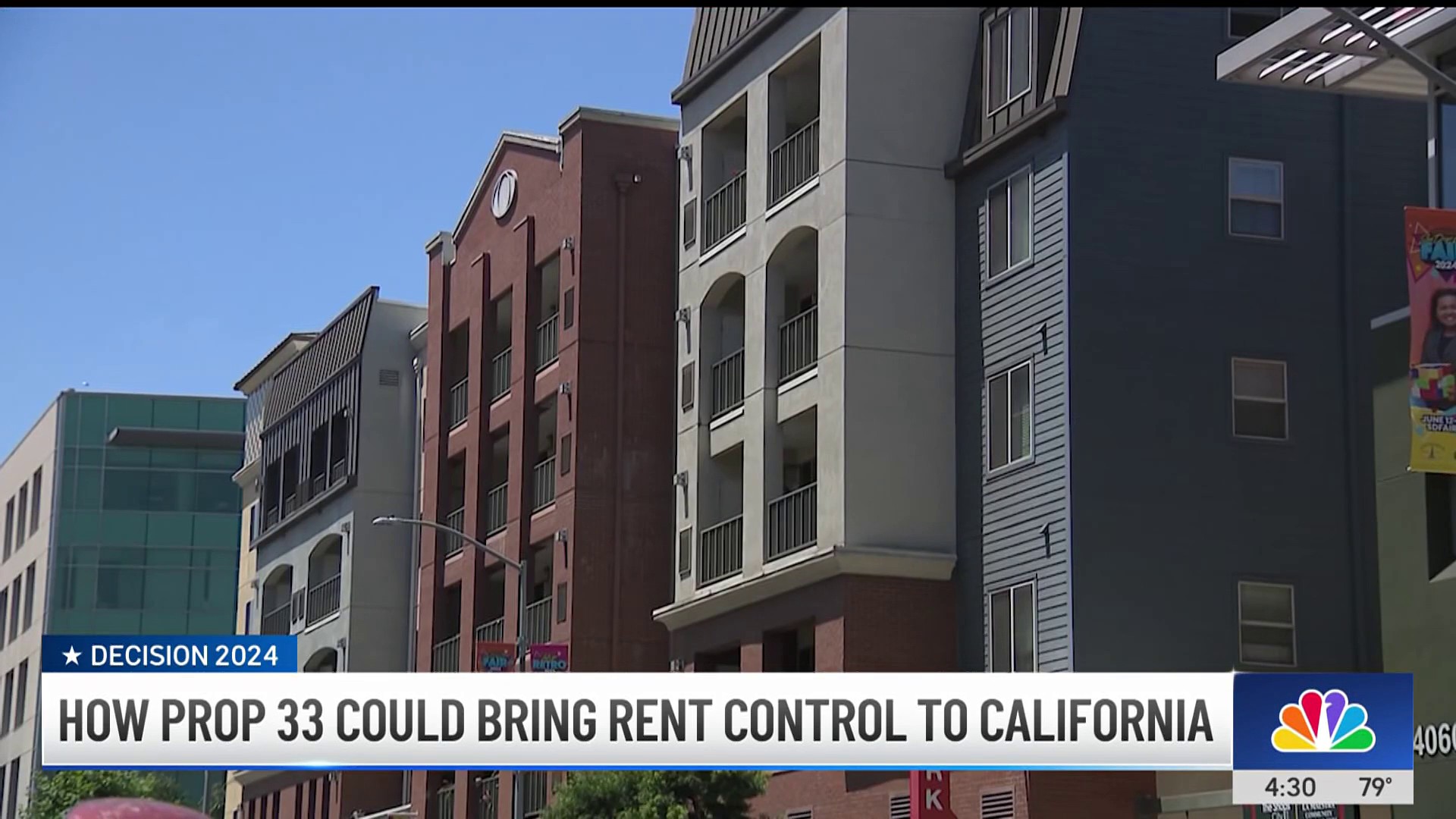This election, California voters will decide on these 10 statewide ballot measures, varying from Prop 2 to Prop 36.
But how do these measures get placed on the ballot and how do these ballot measures get the number associated with them?
Getting on the ballot
There are two ways propositions can get on the ballot.
Get top local stories in Southern California delivered to you every morning. Sign up for NBC LA's News Headlines newsletter.
- The first is the California State Legislature can place a proposed law before voters.
- The second is through a petition. Anyone can bring forth a proposition. If it receives 546,651 signatures it will be placed on the ballot. If it is a Constitutional amendment it requires 874,641 signatures.
The proposition’s number
Propositions are given numbers starting at one and increasing for a span of 10 years.
Every 10 years, they restart using numbers from one again.
A specific proposition is given a number based on when it qualifies for the ballot. They appear on the ballot in the order they qualify, but depending on what the new law would do.
Propositions with bonds appear first, then constitutional amendments, followed by initiative measures and then referenda.
The California State Legislature can choose to waive this.
The California Secretary of State’s office said that is the reason why there is a gap in numbers between Proposition 6 and Proposition 32.




